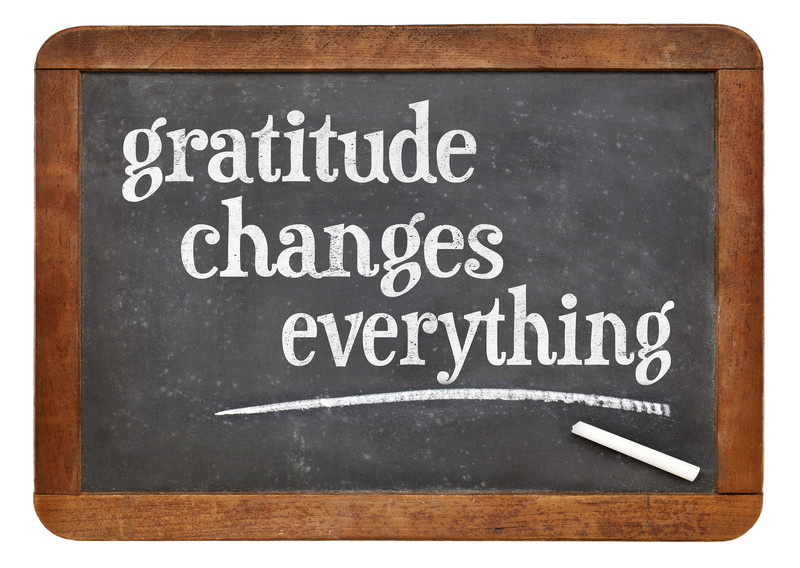
Before you even think of going there this is not an article on political discourse and has nothing to do with politics. Through out the world there are specific regions where the majority of the population experience exceedingly long healthy lives and many live to be well over a hundred. These regions are called the “Blue Zones” and extensive studies have been done in an effort to understand what the common denominators are that lend themselves to such a healthy long positive life. Some of the reasons will make perfect sense but some of the most important may surprise you.
The five blue zones where researchers have discovered where people live the longest are: 1.Sardinia, Italy, 2. Ikaria, Greece, 3. Okinawa, Japan, 4. Nicoya, Costa Rica and lastly right here in the U.S. in Loma Linda, California (primary home to the seventh-day Adventist). Researchers have determined that there are seven essential considerations that create these environments. These first five won’t surprise you. They include:
- Utilize whole foods especially plants in your diet- consistently most of the diets in these regions favored the Mediterranean type
- Avoid Processed foods: a no brainer. Processed foods are filled with chemicals that, accelerates aging and are toxic to your tissues and chemical balance.
- Create a healthy living environment. This includes things such as buying the right foods, planning ahead, eating, living and working in a peaceful environment and developing a good sleep pattern.
- Maintain a good body weight for your height and size, which, they found, was directly correlated to the amount of sleep you get. A good eight plus hours was necessary to maintain good hormonal balance. There is a saying that “hormones are stronger than diet”. It doesn’t matter how little you eat or how much you exercise, if your hormones are out of balance it is very difficult to maintain a healthy body weight so make sleep a priority. Create a comfortable dark inviting, peaceful space that is free of TV’s and screens.
- Exercise: They found that most of the centenarians exercises frequently but not in a gym. They walked everywhere they went, used their hands instead of machines to do work, and for more traditional exercise they did yoga, Tai Chi and played games with their friends instead of going to the gym. Many of these people also had physical jobs such as farming which is very different than the way most of us work. In addition most were found to have gardens of their own. Movement reduces inflammation and improves heart, bone and muscular health and for this to be beneficial you have to move everyday.
All of these findings make perfect sense and are fairly obvious but these last two results were found to play an even more significant role than the first five reported.
- A Strong healthy support system– According to researchers this was the most important and powerful thing you can do to increase your chances for longevity. For the blue zone residents this was a natural way of life and is built into the culture. People in the blue zones have strong systems of support and are much more willing to engage and help each other. We however spend significant part of our lives with our heads down and focused on a phone, iPad or computer. This has become such a problem that we now have neck injuries related to posture changes from this behavior! To derive this benefit we have to be willing to look up, connect with those around you and engage. Studies have shown that loneliness can decrease your longevity significantly. Sadly, many people in our country don’t even know the people they live next to. Blue Zone studies have shown that it doesn’t necessarily have to be intimate connectedness. Just being connected and knowing someone is aware of you has been shown to increase your chances for longevity.
- Spend time outdoors with friends and family: Not surprisingly many recent studies have extolled the value of being out in nature. In fact many physicians have begun prescribing it as a treatment regimen for depression. For the people in the blue zones this is a way of life. Staying connected to family and others is the single most important thing to them. The other benefit that being out in nature provides is that they are usually getting exercise at the same time. Additionally there are no “old folks” homes in the blue zone because they don’t need them and older people are cared for by family.
Living a healthy long life is obviously correlated to how committed you are to eating and sleeping well. Most importantly however is how willing are you to lift up your head, smile and connect to the people around you, step a way from the technology and head outdoors. No matter what gene pool you swim in making these choices greatly increase your chances of living a healthy long life. What will you choose?
With Gratitude,
Pat


